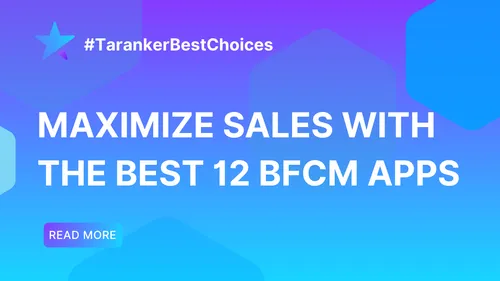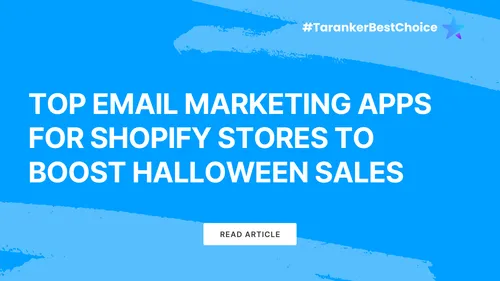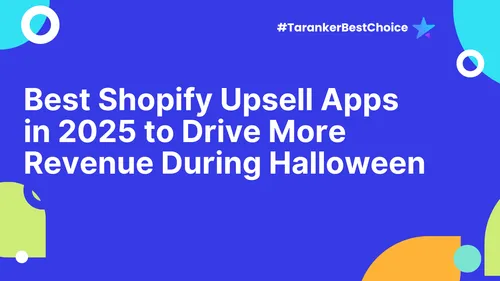The economics of eCommerce are shifting. As digital ad costs soar, third-party data deprecates, and markets saturate, brands face a defining imperative: drive more growth from fewer opportunities. In this climate, upselling has transcended its transactional roots - it has become a mission-critical lever for sustainable, high-margin expansion.
But modern upsell is not about pushing products harder. It’s about understanding context, predicting intent, and delivering relevance - before the customer asks. It’s no longer a marketing tactic; it’s an embedded capability across the entire journey, from product discovery to post-purchase retention.
This blog explores the defining upsell trends shaping 2025:
-
The rise of AI-native recommendation engines that learn, adapt, and personalize at scale
-
Chatbots evolving from support widgets into intelligent sales companions
-
Hyper-personalization that respects privacy while enhancing precision
-
Ethical AI practices that build trust and long-term loyalty
-
Voice and visual commerce transforming passive moments into interactive upsell touchpoints
By the end, you won’t just see upsell as an optimization tool - you’ll understand it as a strategic function, capable of enhancing AOV, boosting retention, and elevating the brand-consumer relationship to new heights.
AI‑Driven Recommendations: Context Over Rules
In 2025, leading eCommerce brands have abandoned rigid, rule-based upsell logic - such as “If A, then B”- in favor of AI systems that think, adapt, and anticipate.

1. Technologies Powering AI-Driven Personalization:
-
Visual AI analyzes product visuals to create adjustments and upsell bundles based on aesthetic harmony - matching colors, textures, and styles that align with customer preferences.
-
Sentiment-Aware LLMs (Large Language Models) process the emotional context embedded in customer reviews and feedback, enabling recommendations that resonate emotionally, not just functionally.
-
Predictive Analytics evaluates browsing history, dwell time, session behavior, and purchase history to forecast intent - often before the customer consciously decides.
2. AI in eCommerce: Market Trends & Forecasts
-
The global AI-enabled eCommerce market is valued at $8.65 billion in 2025, with projections reaching $22.6 billion by 2032, reflecting a 14.6% CAGR.
-
A broader AI in eCommerce outlook estimates a market value of $7.68 billion in 2025, expanding to $37.69 billion by 2032 (CAGR: 25.5%).
-
Market insights estimate the AI-Enabled eCommerce Solutions Market at $6.90 billion in 2024, projected to reach $31.43 billion by 2034, growing at 16.5% CAGR.
3. Real-World Impacts & ROI
-
Amazon attributes 35% of its revenue to upsell and cross-sell recommendations, showcasing the impact of relevant personalization.
-
Generative AI - by enabling dynamic bundling and substitute recommendations when products go out of stock - delivers approximately 10% revenue lift.
-
Academic research, including Alibaba’s AIGI framework, shows that AI-powered recommendation systems can improve click-through rates (CTR) and conversion rates by 13% versus static designs.
Chatbots as Intelligent Sales Conversationalists
By 2025, chatbots have transformed from passive responders into strategic sales enablers - always-on, generative AI-powered assistants that operate at the intersection of support and conversion. No longer relegated to handling FAQs, these bots now function as integrated, intelligent touchpoints - embedded across eCommerce platforms, mobile apps, and even voice interfaces.
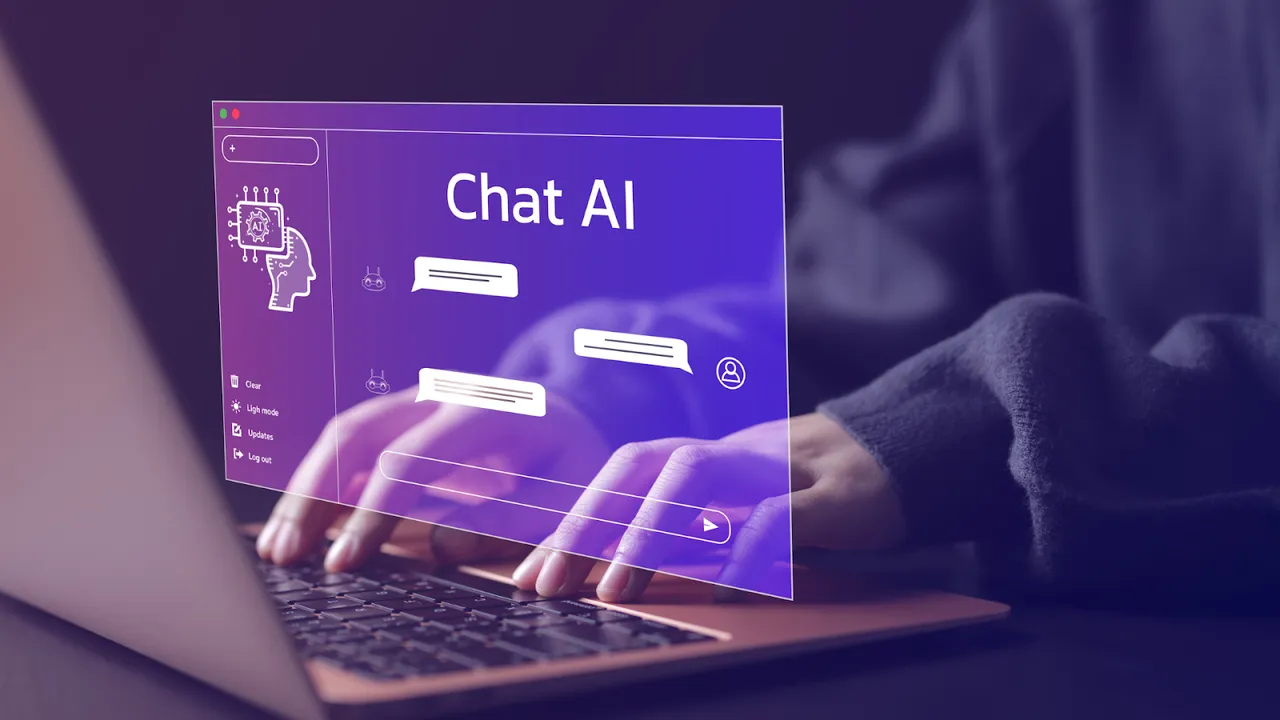
1. A New Economic Frontier
The economic potential of chatbot-powered commerce has surged. According to Callin.io, eCommerce transactions facilitated by chatbots are expected to reach $112 billion by the end of 2025. This figure firmly positions chatbots as a primary transactional interface, not just a supplementary experience layer.
The underlying market is expanding rapidly. The global chatbot industry, valued at $7.76 billion in 2024, is forecasted to grow to $27.29 billion by 2030, with a CAGR of 23.3%, as noted by Grand View Research. These numbers reflect rising enterprise adoption across industries, especially in retail and direct-to-consumer channels, where frictionless engagement directly correlates with revenue.
2. Performance-Driven by AI
Chatbots today are not only conversational - they’re commercially optimized. With deep learning and contextual intelligence, they now deliver personalized upsell and cross-sell offers mid-conversation. According to Sobot.io, businesses leveraging chatbots for sales experience a sales increase of up to 67%, largely driven by timely and relevant product suggestions that feel more like help than a pitch.
Moreover, AI chatbots are closing the service gap by resolving 80–90% of routine inquiries, as reported by SpringsApps and Master of Code. This operational efficiency not only improves customer experience but also reduces support costs by approximately 30%, saving enterprises millions in overhead annually. As automation maturity rises, these bots are handling more complex service interactions, boosting customer satisfaction while streamlining backend operations.
3. Persistent, Personalized Engagement
A defining strength of modern chatbots is their round-the-clock availability. According to Tidio, 70% of consumer queries can be resolved entirely by chatbots without any human intervention. This always-on model enables brands to offer 24/7 support, ensure continuity of engagement, and deliver upsell offers during non-business hours - when customers are most likely to shop from mobile or at leisure.
Importantly, 67% of companies that implemented chatbots reported a measurable increase in both revenue and customer satisfaction. This dual impact - elevating CX while accelerating sales - makes conversational commerce one of the most ROI-efficient investments in 2025.
4. The Holiday Catalyst
-
Nowhere was the impact of chatbots more evident than during the 2024 holiday season. As reported by Barron’s, chatbot deployment during this period drove a 1,300% increase in traffic to eCommerce storefronts. Brands using chat-driven promotions saw a 9% uplift in conversion rates, demonstrating that when shoppers are guided with timely, conversational prompts, they are significantly more likely to complete purchases.
-
These tools also contributed to record-breaking online sales in the U.S., which reached $241.4 billion, marking an 8.7% increase year-over-year despite inflationary headwinds (Barron’s, Adobe Analytics).
Personalization That Feels Predictive, Not Pushy
In 2025, personalization goes beyond addressing customers by name - it’s a refined science that anticipates needs, aligns with intent, and respects context. Today’s shoppers don't just expect tailored experiences - they reward brands that deliver relevant, intuitive interactions with their loyalty and spending.

1. Strategic Triggers and Channel-Aligned Offers
Top-performing eCommerce brands have shifted away from blanket campaigns toward timely, behavior-based triggers, including:
-
Milestone events such as repeat purchases, browsing without purchase, or cart abandonment prompting tailored upsell offers optimized for each moment.
-
Channel-specific personalization, delivering recommendations tuned to the medium - e.g., bite-sized bundles in SMS, immersive visuals in app push notifications, or complementary product ideas on the Product Detail Page (PDP).
-
Intent-aligned formats, where value-based bundles appeal to deal-seeking shoppers, while premium upgrades or exclusive add-ons engage higher-value segments.
This approach ensures upsell feels like a relevant nudge, not a generic push.
2. Data-Backed Outcomes: The ROI of Smart Personalization
Recent data illustrates why this strategic, predictive approach is essential:
-
Personalization using behavioral data can lift conversion rates up to 20%, with 40% of shoppers indicating they purchased more because of personalized offers.
-
Businesses see 38% more consumer spending and a significant surge in customer satisfaction when streaming personalized experiences across touchpoints.
-
Personalized web experiences drive an impressive 80% increase in conversion rates, as shown by B2B and DTC benchmarks.
-
Although 74% of companies are investing more in personalization, only about one-third deliver tailored experiences across all channels - a competitive gap brands must close.
-
The broader engagement benefits are clear: 76% of consumers say personalized messaging influences their brand consideration, and 62% would abandon brands that fail to personalize.
3. The High Stakes - and High Returns - of Predictive Upselling
Personalization isn’t merely effective - it’s mission-critical. As acquisition costs rise and customer attention disperses across platforms, brands without contextually smart automation risk losing ground.
Integrating advanced personalization engines - from behavioral insights to cross-channel synchronization - enables brands to:
-
Reduce churn by anticipating and preemptively addressing customer drop-off behavior.
-
Boost Average Order Value (AOV) by presenting high-converting upsell options at the right moments.
-
Strengthen brand affinity, as customers feel “known” without feeling manipulated.
In 2025, the winners in eCommerce won’t be the loudest. They’ll be those who know the customer before they know themselves - then deliver offers that feel less like marketing, and more like meaningful solutions.
Ethical AI & Trust: A Strategic Imperative in Upselling

1. Privacy, Trust & Personalization: A Delicate Balance
In 2025, AI has become deeply embedded in eCommerce - from recommendation engines to conversational assistants. Yet this technological advancement brings a magnified expectation: AI must be ethical, transparent, and respectful of customer privacy, not just efficient.
Consider this:
-
83% of consumers say they evaluate whether they trust a company to keep their personal information safe before making a purchase decision
-
Nearly 64% have outright refused to engage with a brand over privacy concerns
-
81% believe how a company treats their data is a reflection of how it values them as customers.
Moreover, an Omnisend survey reveals a profound gap:
-
34% of shoppers are willing to allow AI to make purchases for them - meaning two-thirds prefer to retain control
-
While 38% appreciate personalized recommendations, over 50% worry about data misuse, and 28% describe themselves as completely distrustful of current data practices.
Trust isn't optional - it’s a foundation for AI acceptance and upsell effectiveness.
2. Explainability & Consent: Essential, Not Optional
Ethical AI is rooted in clarity - consumers must understand why an upsell is being offered. For example:
-
Explainable recommendations such as “Suggested because you purchased X last month” break the “black-box” effect and foster transparency.
-
Consumers largely ignore lengthy, opaque privacy policies - 69% routinely click “agree” without reading them, and only 15% believe companies genuinely use data to improve their lives.
AI must go beyond compliance, it must empower. Research underscores that combining AI with clear, explainable design and implementing regular ethical audits, bias detection, and consumer participation builds credibility and longevit.
3. Regulation & Governance: Navigating a Shifting Legal Landscape
With the EU’s AI Act now in effect, eCommerce brands must internalize ethical AI governance. A Reuters analysis warns: businesses may “sleepwalk toward AI misuse” without oversight - citing algorithmic bias and negligent deployment as major risks.
Best practices include:
-
Establishing ethics boards or internal AI ethics frameworks
-
Collaborating with public institutions and advocacy groups for governance standards
-
Implementing human-in-the-loop systems to prevent blind trust in AI
4. Trust as a Differentiator: The Business Case
Responsible AI isn’t a cost center - it’s a source of competitive advantage. Termly reports:
-
Ethical data practices can increase purchase intent by 23%
-
60% of consumers would spend more with brands they trust with their data
In an era where algorithmic aversion persists, especially when AI fails silently or opaquely, trust and explainability become powerful differentiators.
Ultimately, 2025’s eCommerce landscape rewards brands that:
-
Anchor upsell in transparency, not manipulation
-
Balance personalization with user autonomy
-
Embody ethical leadership in AI-driven commerce
In doing so, upselling transcends mere tactics and transforms into a credible, trust-building extension of the customer relationship.
The Future: Voice & Visual Commerce as Upsell Vectors
Voice commerce is no longer experimental - it’s becoming a cornerstone of the digital shopping journey. As of 2024, there were approximately 8.4 billion active digital voice assistant units worldwide - a number projected to drive $164 billion in voice-based eCommerce spending by 2025, at a CAGR of 28.7 %. (Source: Cloud Flight)
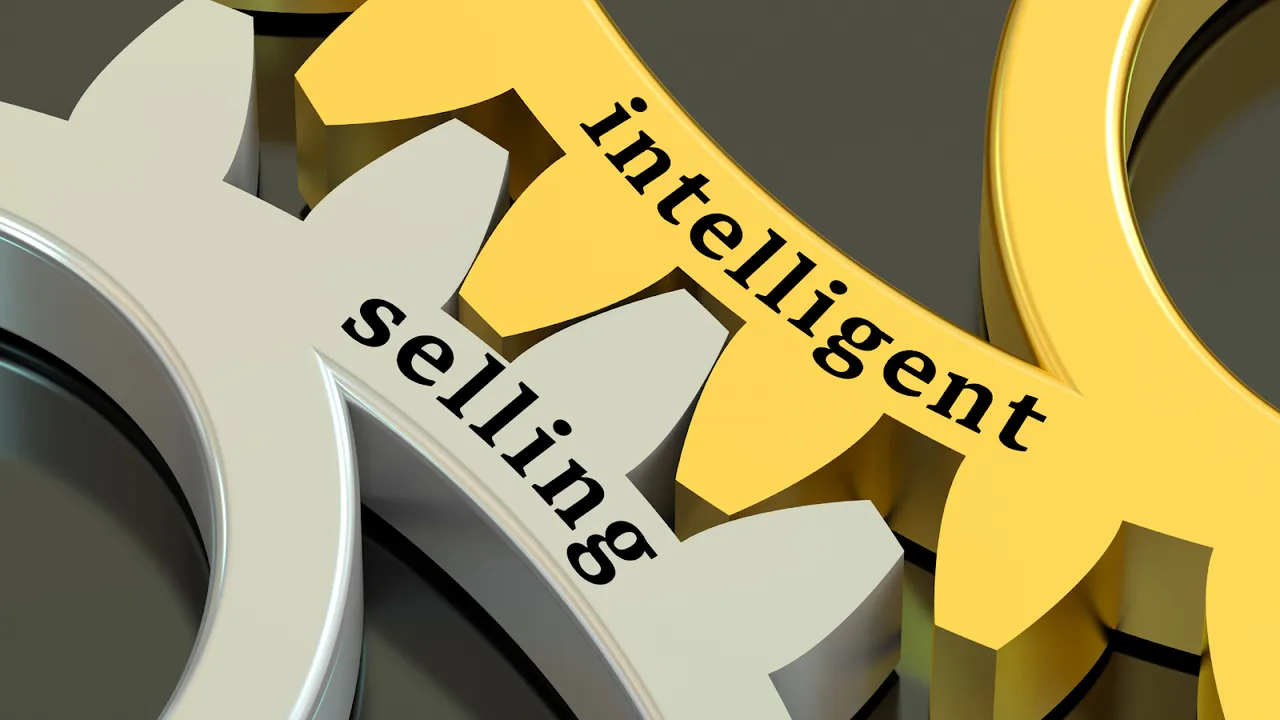
Consumers are already leveraging voice beyond simple commands - 51 % use voice to research products, 36 % use it to add items to shopping lists, and 22 % make full purchases via voice. For upselling, this means brands can embed prompts like, “Add a case and screen protector to my phone order,” turning routine voice actions into incremental revenue opportunities - all while maintaining a seamless, hands-free user experience.
This shift transforms upsell moments from visual interruptions to natural, conversational enhancements - particularly potent for repeat purchases or subscription-based products where familiarity breeds convenience.
Afterthought: The New Economics of Recommendation
The transformation of upselling in 2025 reflects more than a technological leap - it signals a paradigm shift in how brands build relevance. In an environment saturated with choice, what truly drives conversion is not volume, but resonance. Intelligent upsell is no longer about pushing products; it’s about predicting purpose. Every recommendation becomes a signal of brand attentiveness - an opportunity to demonstrate understanding, timing, and value alignment.
As AI, chatbots, and personalization evolve, the most successful eCommerce leaders won’t be those who upsell the most, but those who upsell with meaning. Because when done right, upselling doesn’t feel like selling at all - it feels like clarity. And in a noisy, hyper-automated market, clarity is what customers come back for.
